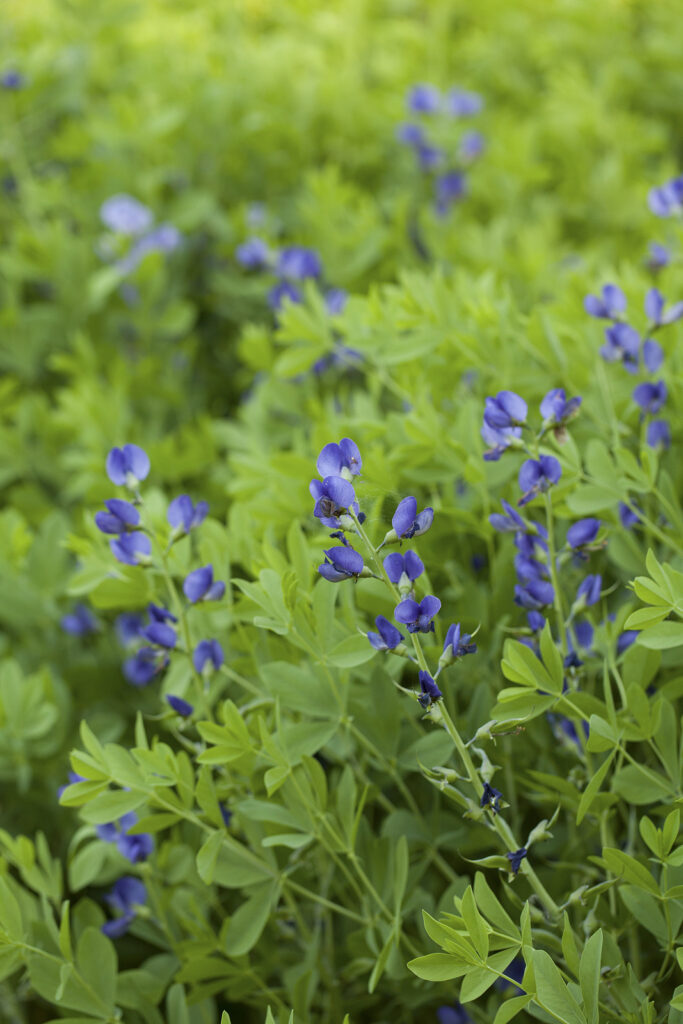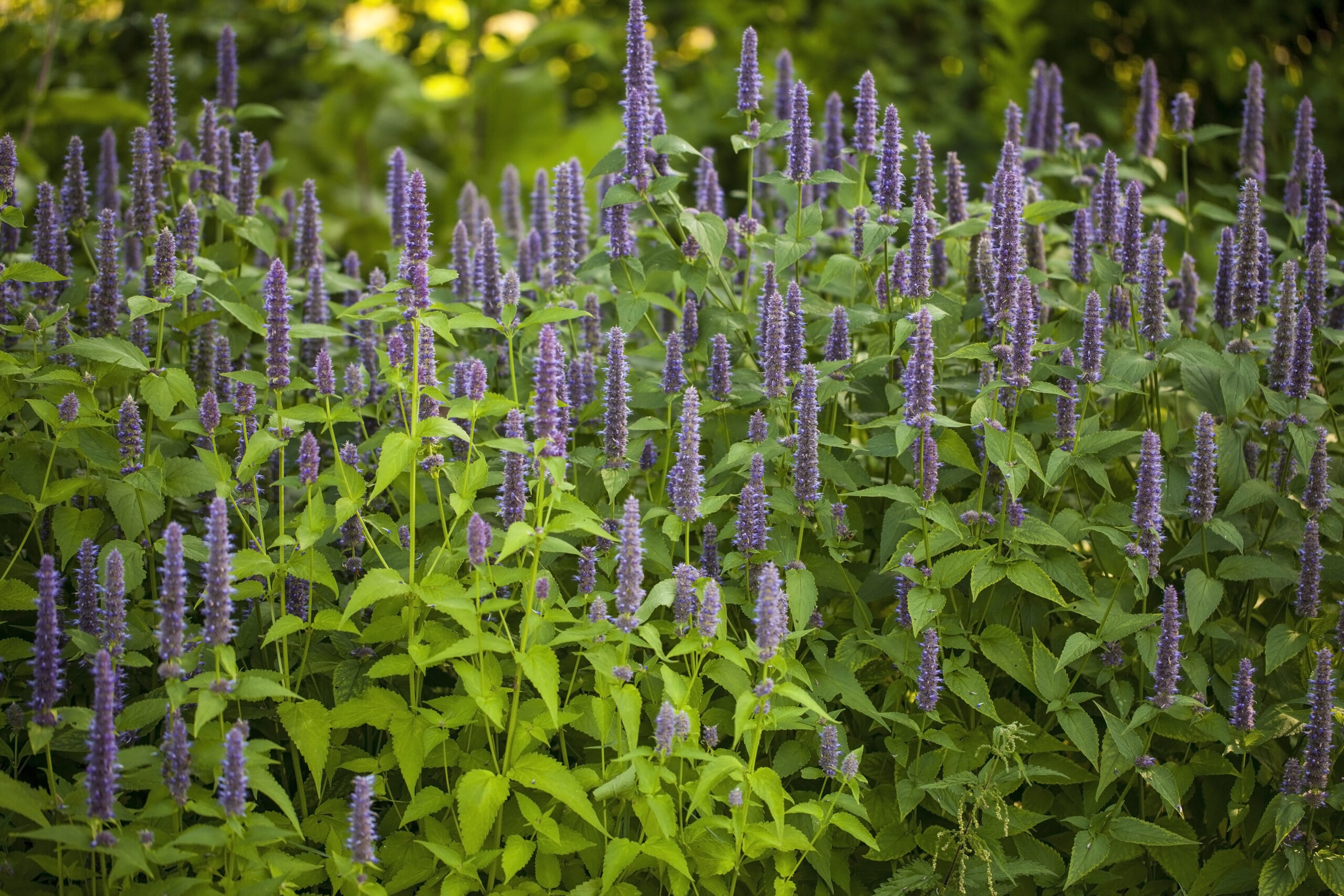Butterflies can be attracted to the garden by growing nectar-rich plants. Butterflies attracted to gardens with masses of brightly colored flowers. Their favorites are purple, red, orange, and yellow.
Butterflies prefer small fragrant flowers. They prefer nectar-filled tubular blossoms or flat blossoms that serve as landing pads. They rarely visit large showy flowers or trumpet-shaped flowers. To attract a wide range of butterflies, grow a variety of nectar-rich plants.
Butterflies are the brilliantly colored adult form of various caterpillars. Butterflies belong to the Order Lepidoptera. Butterflies differ from moths in flying only by day, in having more slender bodies, and clubbed or hooked (never feathery) antennae. Butterflies fold their broad wings together vertically when at rest instead of horizontally.
Butterflies are harmless even though they are the parents of potentially destructive caterpillars. Only one butterfly is destructive, that is the European cabbage butterfly which lays its eggs in young cabbage-family plants; the larvae feed on leaves.
Besides nectar-rich plants, butterflies are also attracted to water sources such as small puddles or flat rocks that slope into the water of a garden pool. Butterflies will congregate there to drink. Butterflies prefer full sun gardens and gardens sheltered from the wind.
Avoid using pesticides in gardens where you want to attract butterflies. Pesticides, including organic pesticides, will kill butterflies as well as the pests you are trying to control.

Flowers That Attract Butterflies
| Common Name | Botanical Name | Zones |
| Ageratum | Ageratum houstonianum | Annual |
| Aster | Aster spp. | 4-8 |
| Azalea | Rhododendron spp. | 4-10 |
| Basket-of-gold | Aurinia saxatilis | 4-8 |
| Bee balm | Monarda didyma | 4-8 |
| Black-eyed Susan | Rudbeckia spp. | 3-10 |
| Blanket flower | Gallardia spp. | 2-10 |
| Blazing star | Liatris spicata | 3-9 |
| Blue marguarite | Felicia amelloides | 9-10 |
| Butterfly bush | Buddleia spp. | 5-10 |
| Butterfly weed | Asclepias tuberosa | 4-10 |
Text

| Common Name | Botanical Name | Zones |
| Candytuft | Iberis spp. | 4-8 |
| Coneflower, purple | Echinacea purpurea | 3-9 |
| Coreopsis | Coreopsis spp. | 4-9 |
| Cornflower, annual | Centaurea cyanus | Annual |
| Cosmos | Cosmos spp. | Annual |
| Dahlia | Dahlia spp. | 8-11 |
| False indigo, blue | Babtisia australis | 3-9 |
| Globe thistle | Echinops spp. | 3-8 |
| Goldenrod | Solidago hybrids | 4-8 |

| Common Name | Botanical Name | Zones |
| Heliotrope | Heliotropium arborescens | Annual |
| Hollyhock | Alcea rosa | 3-11 |
| Hyssop | Agastache spp. | 5-10 |
| Joe-pye weed | Eupatorium spp. | 3-10 |
| Lantana | Lantana camara | 8-10 |
| Larkspur | Consolida ambigua | Annual |
| Lily | Lilium spp. | Varies |
| Marigold | Tagetes spp. | Annual |
| Mexican sunflower | Tithonia routundifolia | Annual |
| Morning glory | Ipomea spp. | Annual |

| Common Name | Botanical Name | Zones |
| Ornamental onion, Allium | Allium spp. | 4-8 |
| Passionflower | Passiflora spp. | Varies |
| Petunia | Petunia spp. | Annual |
| Phlox, various | Phlox spp. | Varies |
| Scabiosa; pincushion flower | Scabiosa caucasica | 3-7 |
| Pinks, China | Dianthus chinensis | 7-10 |
| Primrose | Primula spp. | 5-8 |
| Rhododendron | Rhododendron spp. | Varies |
| Sedum | Sedum spp. | 3-10 |
| Snapdragon | Antirrhnum majus | Annual |
| Strawflower | Helichrysum bracteatum | Annual |

| Common Name | Botanical Name | Zones |
| Sunflower, perennial | Heliantus spp. | 4-9 |
| Sweet alyssum | Lobularia maritima | Annual |
| Sweet William | Dianthus barbatus | 3-8 |
| Thyme | Thymus spp. | 5-8 |
| Verbena | Verbena spp. | Varies |
| Viburnum | Viburnum spp. | Varies |
| Violet | Viola spp. | Varies |
| Wisteria | Wisteria spp. | 5-9 |
| Yarrow | Achillea spp. | 3-9 |
| Zinnia | Zinnia spp. | Annual |















